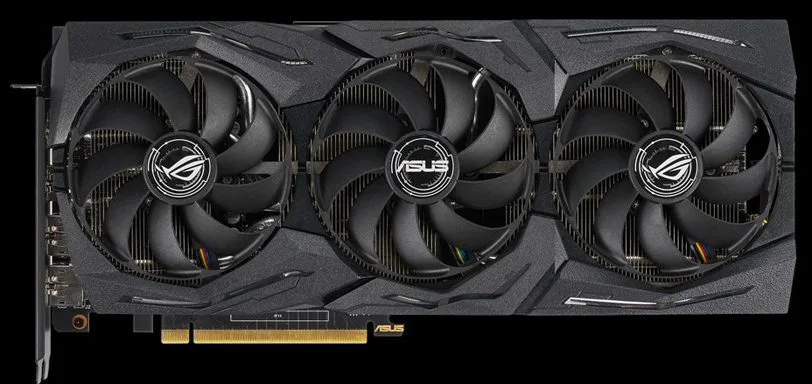Big GTX 1660 Ti Overclocking
Introduction
With the recent launch of the AMD Radeon RX 5600 XT many have considered the GeForce GTX 1660 Ti now irrelevant. Is it really irrelevant though? What happens when you take a big, hefty, built-for-overclocking GeForce GTX 1660 Ti GPU based video card and max out the overclocking on it. Does it have any headroom at all to keep up with the new Radeon RX 5600 XT?
That is what we are going to look at today by reviewing the ASUS ROG STRIX GeForce GTX 1660 Ti GAMING O6G (ROG-STRIX-GTX1660TI-O6G-GAMING) video card. It’s got a long name, but it also has a long robust cooling solution, extremely high factory overclock and the chops to push the GPU and memory to the limits.
We are going to review this video card, look at its out-of-box performance and then overclock it as high as we can. While doing so we will compare it with the new XFX Radeon RX 5600 XT THICC II Pro as well as overclocked. That’s right, head-to-head, GeForce GTX 1660 Ti is going overclocked versus Radeon RX 5600 XT overclocked!

GeForce GTX 1660 Ti
Before we dive into the ASUS ROG STRIX GeForce GTX 1660 Ti GAMING O6G video card let’s refresh ourselves on what the GeForce GTX 1660 Ti is. The GeForce GTX 1660 Ti was released a year ago in February of 2019. Being a year old the GPU landscape has changed since its introduction. This video card sat in a good place for a year, until just recently when AMD launched the Radeon RX 5600 XT at $279 which shook things up and provided competition for this video card.
The GeForce GTX 1660 Ti was launched with an MSRP of $279. You can see how the Radeon RX 5600 XT competes with that now also being released recently at $279. The thing is, over the past year there have been rebates and sales with prices dropping a bit making GeForce GTX 1660 Ti’s potentially less expensive today.
The GeForce GTX 1660 Ti is based on NVIDIA’s Turing architecture but lacks the RT Cores and Tensor Cores of its RTX lineup. Still, based on the same architecture it benefits from all the shader optimizations and memory compression benefits of the architecture.
It is produced on TSMC’s 12nm FFN technology and the GPU is known as TU116 and contains 6.6 billion transistors. It has 1536 CUDA Cores, 48 ROPs and 96 Texture Units. The base clock is 1500MHz but the boost clock is 1770MHz. It runs 6GB of GDDR6 memory at 12GHz on a 192-bit memory bus. This provides 288GB/sec of memory bandwidth. The TDP is rated at 120W. At $279 it is geared for the 1080p experience.
